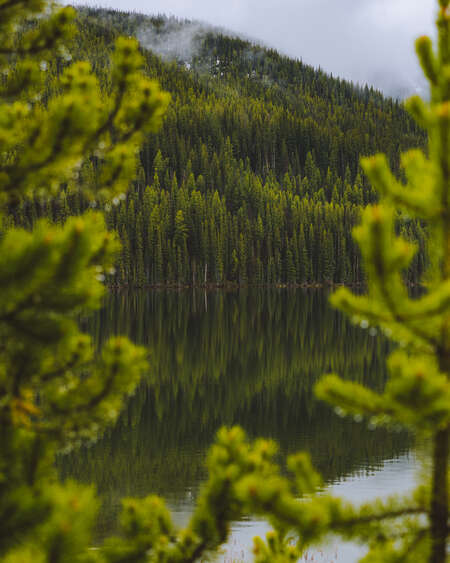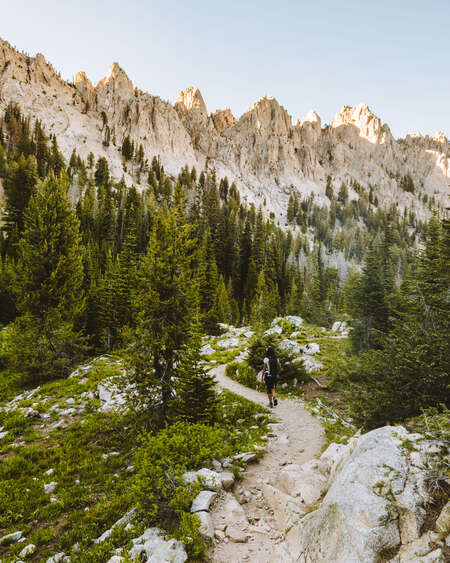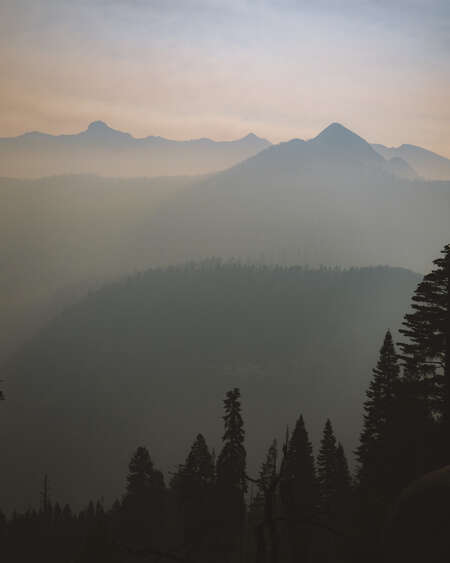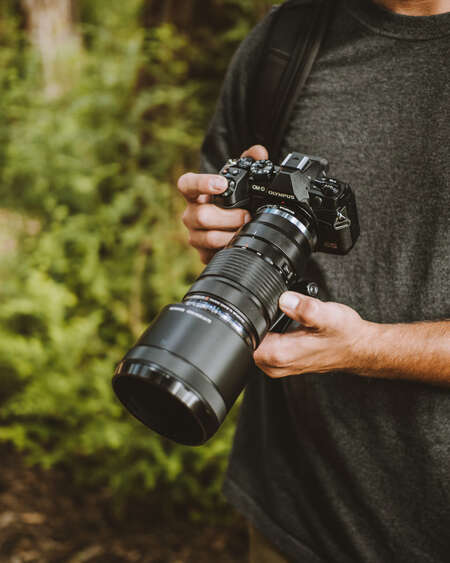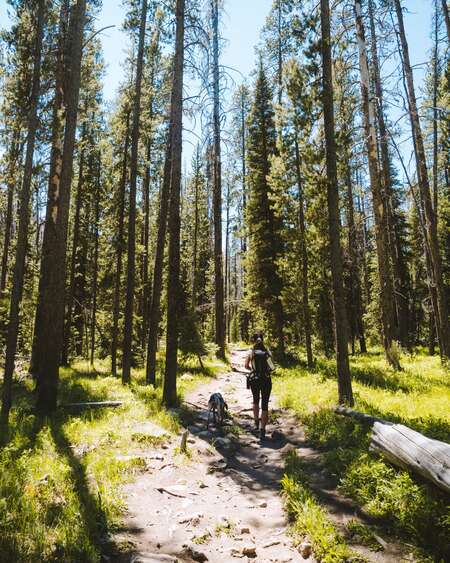There is nothing in this world like a good hike – surrounded by the fresh mountain air, gorgeous landscapes and the sounds of nature captivating your attention. For our photography community, this is where a lot of our creativity lies. The great outdoors brings most of us a fairly inexpensive opportunity that fuels our senses and our memories. It’s up to us to return the favor to our beloved Earth- to protect our highly coveted outdoor spaces, to know the laws and live as if every decision we make in the outdoors impacts the future of how nature thrives or does not thrive. We all must do our part here. We get one earth. With a million opportunities in our lifetime to make a difference in it.
So, let’s spend some time discussing ways we can explore ethically while respecting forest conservation.
As most of us know or many of us beginners are learning, we carry more responsibility than your average hiker. So, we wanted to spend ample time curating to this crowd. In order to have the best backpacking experience for yourself and the beautiful places you’re exploring, we wanted to start by sharing an extensive packing list that will keep you prepared.
The Essentials
- For your pack: 45L pack (1 night), 65L pack (1-4 nights), 80L+ pack (4-7 nights) - Sleeping bag (rated for the temperatures you’ll be sleeping in)
- Tent (the lighter the better) - Base layers, insulated jacket, rain jacket + rain shell pants, headware, sunglasses
- JetBoil, propane, lighter or fire starter and cookware
- 3L Hydration reservoir (water is life)
- Plenty of food, snacks, dehydrated food
- Bear canister (know your area and the Forest Service requirements)
Recreate Responsibly Equipment
- Plastic baggies for any trash, including toilet paper (yes...you wipe, you carry)
- Biodegradable toilet paper
- Lightweight shovel
Emergency & Preparedness
-
First aid kit (extra moleskin for long treks)
- Whistle
- Katadyn water filtration system
- Offline downloaded trail map and/or physical trail map (we use the GAIA and AllTrails apps)
Please do your research when you are purchasing your gear. There are so many wonderful, environmentally friendly brands out there that not only make incredible long lasting equipment you can use for many years to come, but also put the earth first. These items will keep you safe, and allow for maximum fun when your living for days in the backcountry with what you have on your back.
How does the camera gear we pack overnight have anything to do with ethically exploring? The answer is simpler than it may seem.
We are working with limited space, therefore we have to be super mindful of the things we need, before the things we want. Fortunately with Olympus gear, it’s compact and lightweight design allows us to pack substantially more camera equipment than other brands would allow. In most cases, we’re able to bring one camera body (one fully charged battery is enough to last a few days, otherwise bring a cable and use your solar bank to plug directly into your body) and 2 lenses depending on what we expect to see.
Recommended Gear (for most backpacking trips)
- OM-D E-M1 Mark III or E-M1 Mark II
- M.Zuiko 12-100mm F4.0 IS PRO or M.Zuiko 12-40mm F2.8 PRO
- M.Zuiko 7-14mm F2.8 PRO
- Occasionally M.Zuiko 40-150mm F2.8 PRO, for wildlife photos
- A beast of a power bank (it's a plus to have a build in solar panel to recharge as long as you’re in enough sun throughout the day)
To wrap it all up, let's focus on some basic principles that should resonate with every hiker, camper and backpacker.
- Leave no trace. You’ve heard it a million times. Whatever doesn’t naturally belong there, take it home with you. This could be the trash from the food you ate, to your dog’s poop, to the trash irresponsible hikers before you left. Trash not only desensitizes wild animals from people but it can also destroy habitats and harm our water sources with possible chemical pollutants. Be sure to always pack a trash bag/ziploc bags to have a good way to carry all of this back out with you.
- Follow the trail. Although some hikes lead us to scree or scrambles, when there is a trail, it is important to follow. Designated paths allow most of the forest to remain untouched, which means growth within our parks. Sadly, it can take 10 to 30 years for an ecosystem to recover from the damages of off-trail hiking.
- Be friendly to other hikers. Everyone you pass has their own plan for the day, and surprisingly ‘hello’ can go a long way. These are great moments to ask about trail conditions you may encounter, or best places to camp. In case of an emergency, there’s an informal record of yours/theirs whereabouts too!
- Have a plan, and know the details. First off, call/stop by the Ranger Station if there is one available. More times than not, this will equip you with everything you need to know and more. Ask questions about the weather, wildlife sightings, where to camp, etc. Unless we know the area well, we also rely on apps like AllTrails or Gaia. Although we like to be off our phones as much as possible, these give us an opportunity to lay out our trails prior to departing, download the maps offline, and ensure that we are on the right trail especially on longer hikes without service. Last thing anyone wants is to get lost.
- Know the current regulations. As with many places during summer, nature gets dry. The park service may ban fires of any kind, and it’s up to us to check those facts before we permit ourselves to act. All it takes is ONE hot coal and a quick breeze for thousands of acres and countless animal lives / homes to be in trouble. So know your regulations in the area.
Although most of these may be deemed "common knowledge," you’d be surprised how much we can teach other in the outdoors. From what to pack, to new survival skills- let’s keep educating the importance of these principles and everything in between so every hiker, new and old, can enjoy responsibility.
There’s something mesmerizing when it comes to standing at the base of a mountain after walking for hours with a heavy pack on. There are days when we start our hike before the sun is rising and the sky is dark, and we don’t reach camp until the late afternoon. After a long day on the trails, there really is no better feeling than knowing you have shelter for the night, tasty food available, a warm sleeping bag waiting for you, and best of all, a landscape you earned and are stoked to capture.
Let’s all do our parts and protect this earth while we’re here – so the next generation of hikers can learn from the outdoor folks before them.
Instagram: @chrisroams
Chris Poplawsk is a Southern California native who loves experiencing new landscapes and engaging with wildlife in their natural element. While his life's work is mainly dedicated to travel and brand photography, he also spends my time building relationships with couples and people around the world to capture their love stories.
Instagram: @mlbourne
Meagan is a full-time professional photographer who spends time focusing on elopements and adventure photography. She really enjoys hiking and scrambling up mountains, and spending time chasing sunrises and sunsets in remote backcountry destinations for days on end. Capturing couple’s love stories is another aspect of photography that she loves being able to document. She values building meaningful relationships with those around her, and living life to the fullest extent, all while having her Olympus camera in hand for the journey.
